A lot of the gun community focuses on their shooting skills, and rightly so.
Those shooting skills can save a life for sure. Though violent crime exists, it isn’t as common as your standard medical emergency.
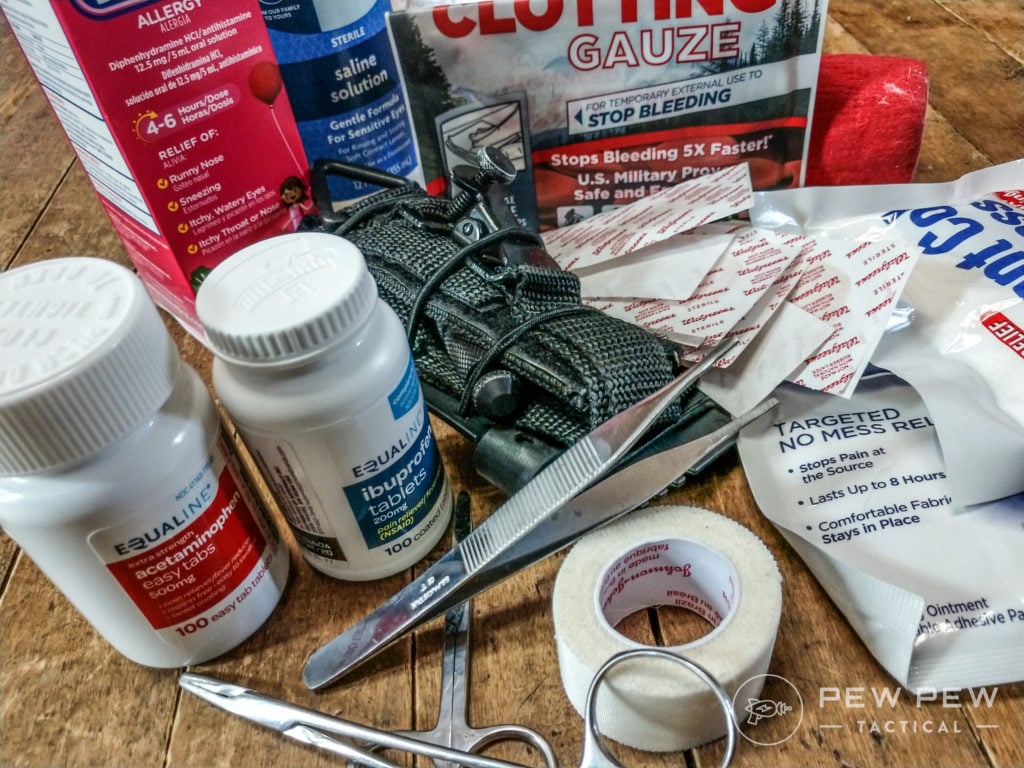
Car accidents, slips and falls, lacerations, and more all occur more often than gunfights. So, knowing how to patch yourself or another up is important.
Today, we’re going to look at what common first aid skills you might find yourself using on the streets.
Table of Contents
Loading...
Am I A Doctor Now?
Short answer…no.
These skills require instruction from trained instructors and require a classroom setting to obtain the necessary skills, practice, and expertise to excel.
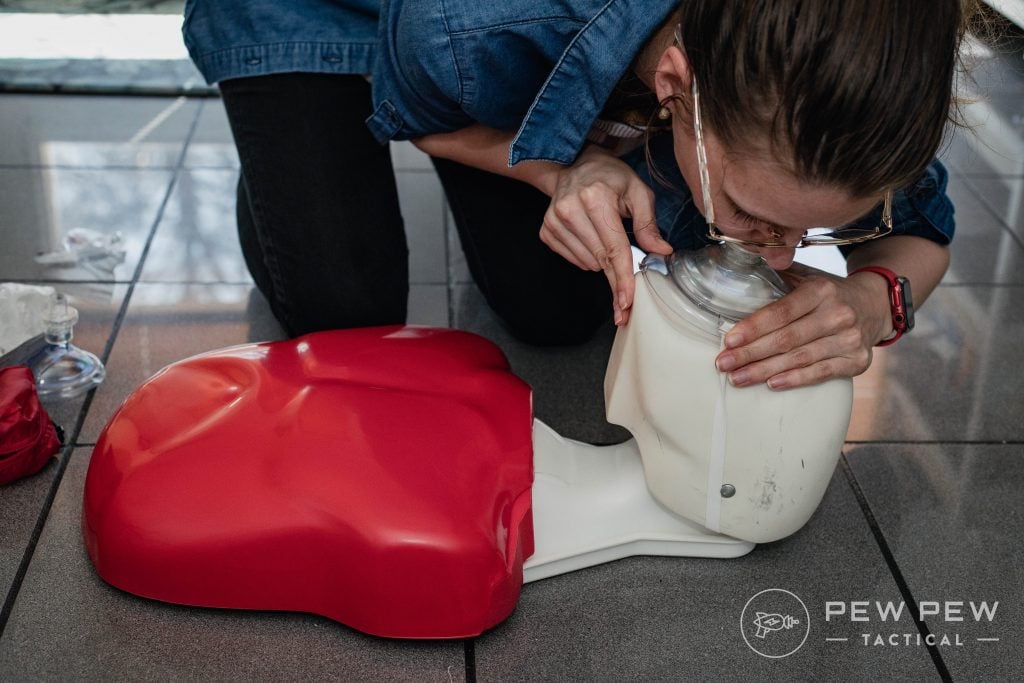
Think of this article as a checklist and reference point for building your own repertoire of survival first aid skills.
But, seriously, go get some actual first aid training. Nothing replaces learning from the pros. Need to know where to start…consider our recommendations for the Best First Aid Courses: Beginner to Intermediate.
CPR & AED
Fun fact: CPR stands for cardiopulmonary resuscitation.
Another fun fact…it’s one of the most valuable survival first aid skills someone can learn. (Anyone recall Damar Hamlin, the NFL player who is alive because a trainer performed CPR…)
It’s also one of the most common classes held by Red Cross centers, community centers, emergency operations centers, fire departments, and more.
CPR is a combination of chest compressions and ventilation to preserve brain function until higher medical care can be achieved. It’s a classic first aid skill that’s simple to learn but extremely effective.
I’ve taken CPR classes once a year, every year since 2008, and I highly advise you to recertify annually.
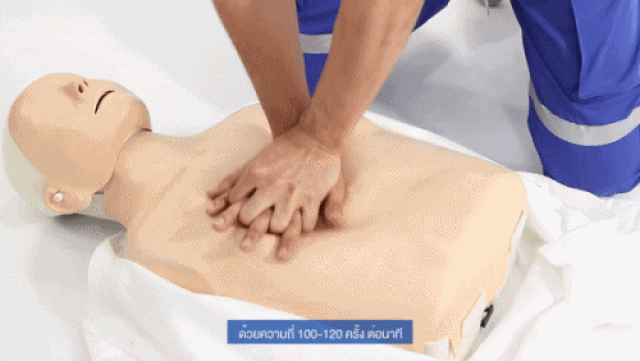
CPR techniques and procedures update yearly, so a general refresher is always a good idea to make sure your skills stay sharp.
AED
An AED, or automated external defibrillator, is a portable device used to treat those suffering from sudden cardiac arrest.
Typically when you take a CPR class, you also learn how to use an AED.

AEDs are becoming more and more common. As you’re out and about, look for simple signs saying AED as they mark the location of the device. (Remember: situational awareness isn’t just for spotting threats.)
These devices walk you through how to use it. Still, you don’t want the first time you see an AED to be when you need to save a life.
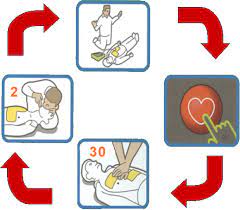
AED machines apply an electrical shot to help the heart re-establish an effective rhythm. These devices detect heart rate and will even tell you if a shock is needed or if it’s not advised.
A little training with these devices goes a long way and will certainly make you more confident in a situation in which you’re required to use one.
Stop the Bleed
One of the primary goals of first aid is to keep as much blood in the body as possible.
I’m not an expert, but I’m pretty sure the more blood you have, the more likely you’ll survive.
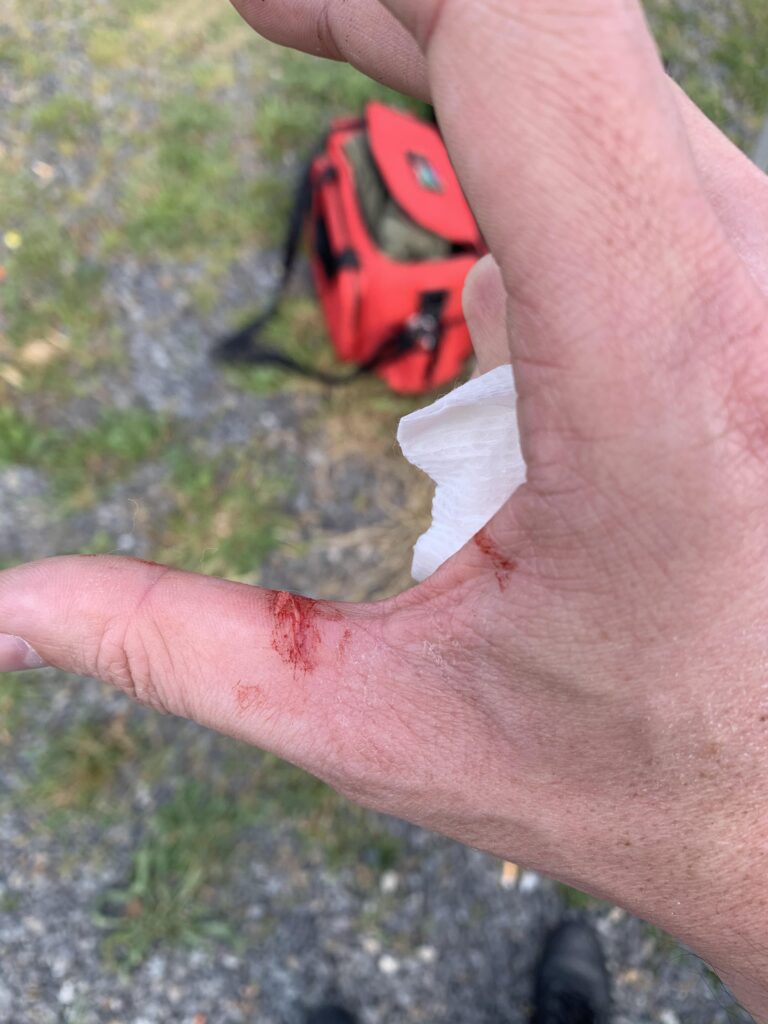
“Stop the bleed” has become more than a lifesaving act, but a rallying cry and grassroots effort to get people trained in a critical lifesaving skill.
Stopping the bleed requires skills and knowledge in identifying the types of bleeds and recognizing life-threatening bleeds. It requires you to know how to apply direct pressure and how to use a proper tourniquet.
Being able to stop bleeding and maintain that control until higher-level medical help arrives is most certainly lifesaving.
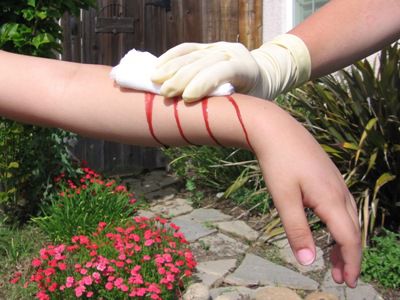
A person could bleed out in as little as 30 seconds in the worst-case scenario. Quick, decisive, and effective action is required to save lives.
That action doesn’t come without proper training, so get that training.
Prices accurate at time of writing
Prices accurate at time of writing
-
25% off all OAKLEY products - OAKLEY25
Copied! Visit Merchant
Using Chest Seals
Puncture wounds, especially gunshots, to the torso have the potential to create a sucking chest wound.
These torso punctures introduce air into the area between the lung and chest wall in something called pleural space.
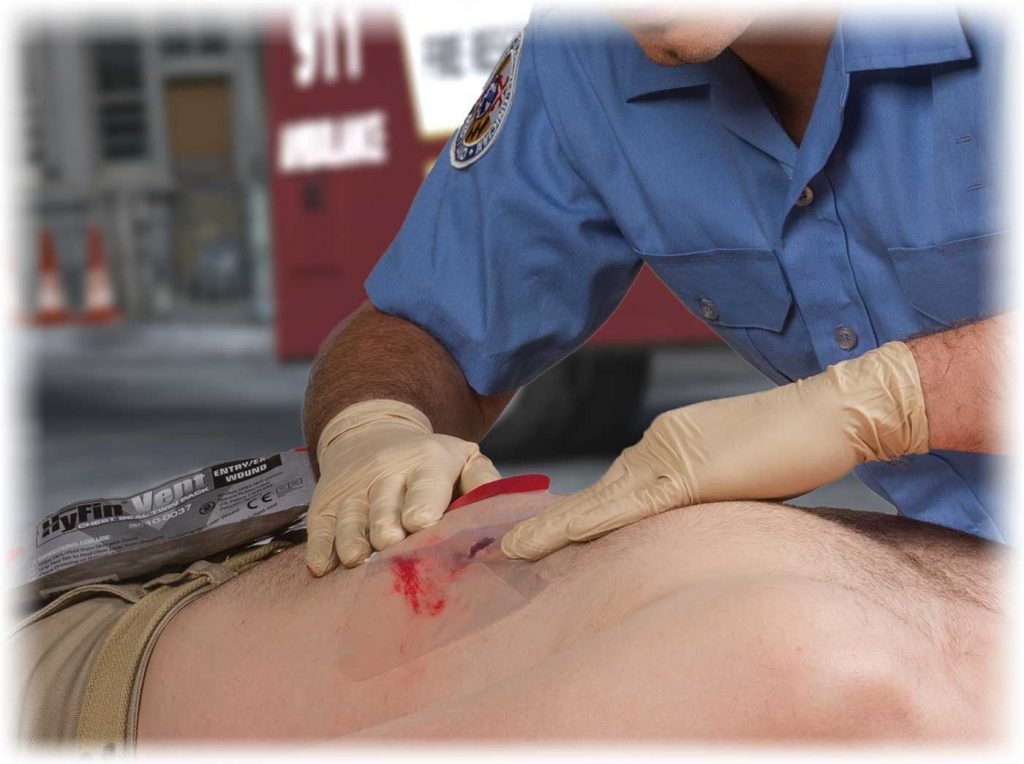
This can prevent the lung from being able to expand and collect air, causing slow suffocation of the patient. Additionally, it can cause the lung to collapse.
This is why the standard for puncture wounds to the torso has become the application of a chest seal.
A trauma-based first aid class will teach how to apply that seal and how to find exit wounds or even additional hidden wounds that may require a chest seal.
Prices accurate at time of writing
Prices accurate at time of writing
-
25% off all OAKLEY products - OAKLEY25
Copied! Visit Merchant
Warming Up Or Down: Dealing with Hypothermia & Hyperthermia
Depending on your environment, you might have to deal with hypothermia or hyperthermia.
Most people know what hypothermia is and know it’s due to prolonged exposure to the cold.
Hyperthermia, on the other hand, is due to overheating and is commonly called heat stroke.
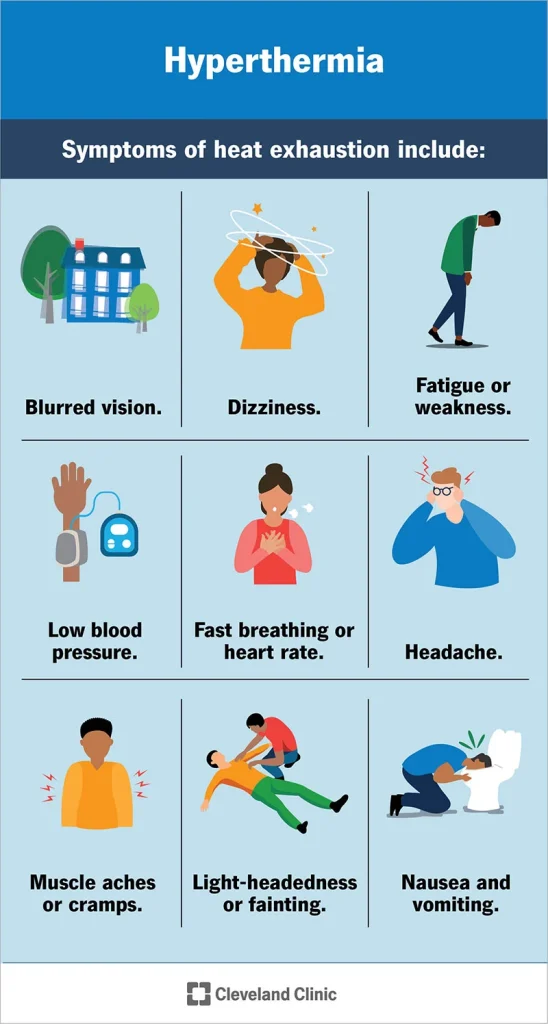
Both can be deadly, and knowing how to treat a patient suffering from either is valuable.
Sadly, a lot of bunk and bad ideas float around regarding the treatment of both hypothermia and hyperthermia. Common sense says if someone is too cold, let’s warm them up, so why not toss them in a hot tub?
Well, because warming up too fast can kill them. Heating the limbs of a person can cause stress on the heart and lungs.
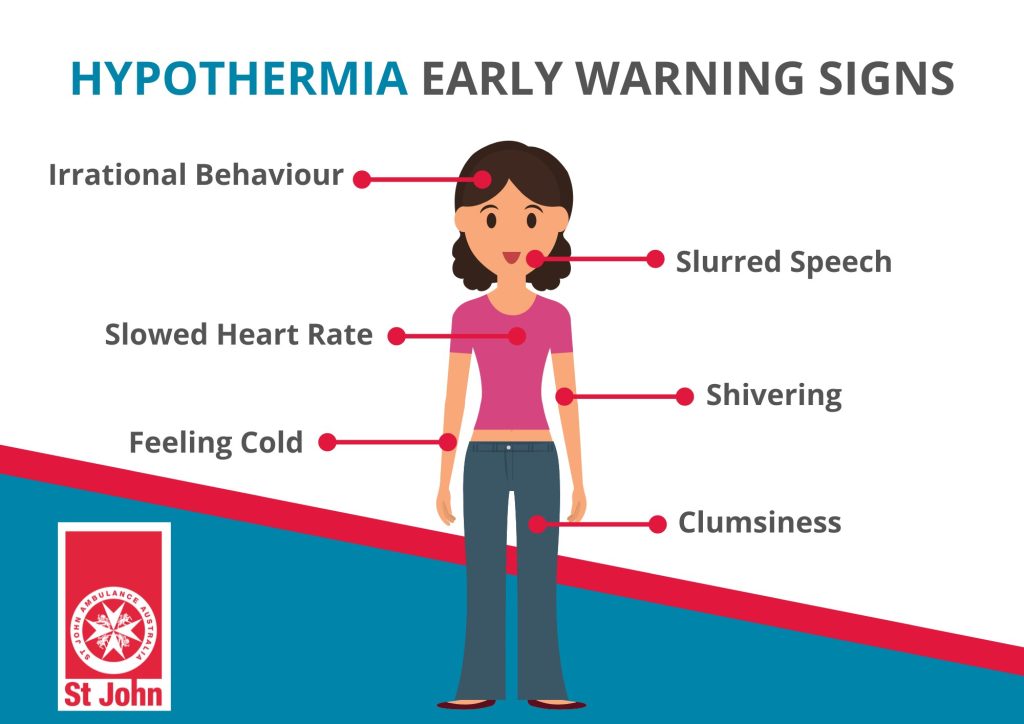
That’s why a little training and reading are required.
You’ll need to have the ability to recognize the symptoms of both conditions and the steps you can take to preserve life.
Heimlich Maneuver
The Heimlich Maneuver, also called abdominal thrusts, is a lot like CPR.
We think we can learn it from watching TV. However, much like CPR, the Heimlich maneuver requires proper training to conduct effectively. Often this is taught as part of basic first aid or even a CPR course.
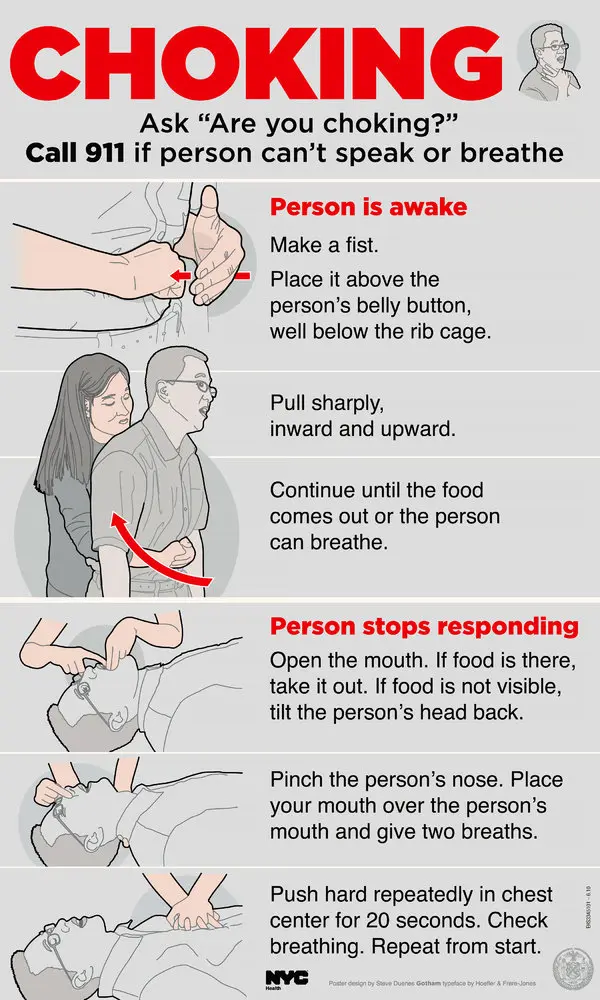
Doing the Heimlich effectively might crack ribs and cause sternal fractures, so it’s not a light love tap like you see on TV. It requires effort, a little practice, and know-how.
Different situations arise for kids and pregnant women.
It’s also a lifesaver that can dislodge that piece of steak I approached a little too aggressively. Choking is fairly common, and this simple tool is a must-have for the toolbox.
Treating Burns
Burns can occur from typical sources, playing with fire, starting a grill, campfires, and similar complacent behavior.
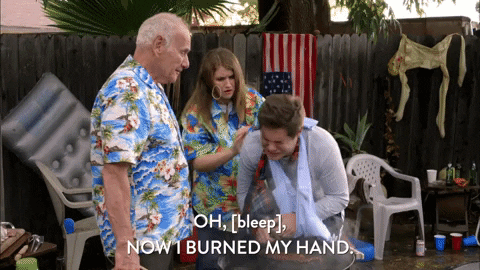
Knowing how to treat burns and when a burn goes from basic to hospital care needed can prevent serious infection, skin loss, and permanent damage.
Treating burns is not a DIY job when things get serious, so don’t be afraid to hit 911.
Splinting Limbs
Splints, much like quicksand and running from alligators, were a large part of my childhood consumption of TV and books.
Luckily, I’ve never had to make one, but Jonny Quest had 8-year-old me ready for action if necessary.
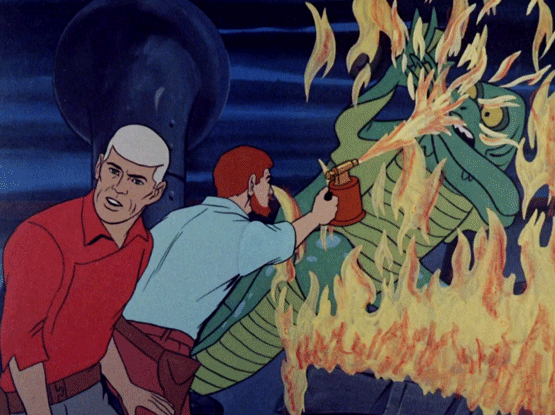
Splints are admittedly fairly simple to make and can be made from plenty of improvised materials.
The goal of a splint is to immobilize a broken or sprained bone or joint. They prevent the injury from getting worse and often prevent unnecessary pain when a person forgets they’ve broken a bone.
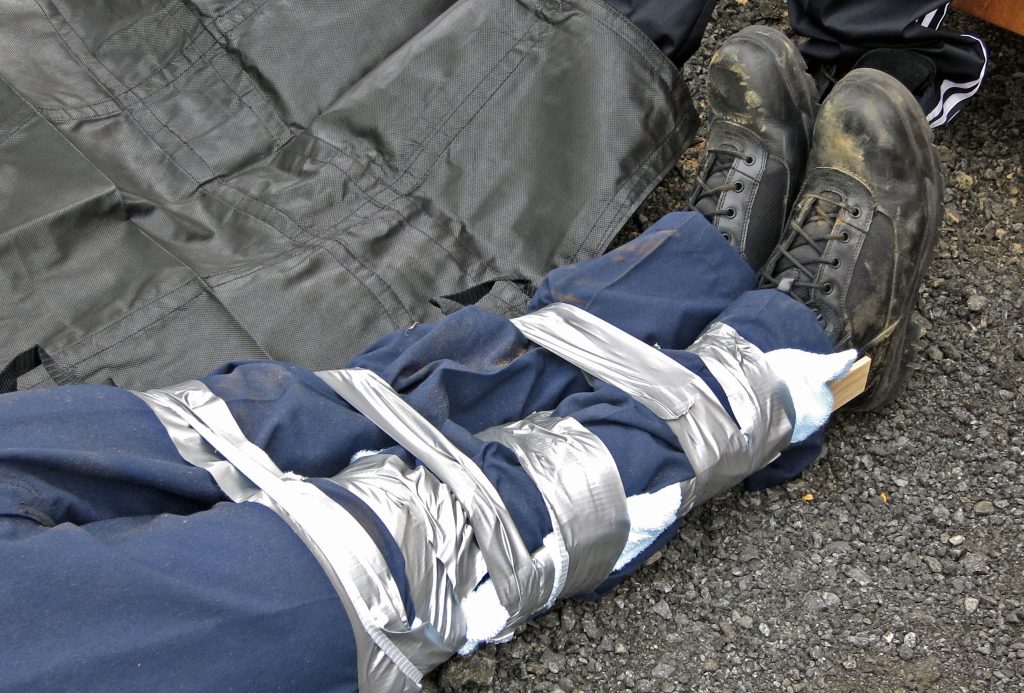
A little training will teach you how to make a proper splint and have you walk the fine line between too loose and too tight.
Sadly, without hands-on training, that can be tough to accomplish, so make sure a wilderness first aid course is in your plans if you like to hike, hunt, fish, and get away from society on occasion.
Prices accurate at time of writing
Prices accurate at time of writing
-
25% off all OAKLEY products - OAKLEY25
Copied! Visit Merchant
Final Thoughts
I don’t want to disparage shooting skills, but you are much more likely to use your medical skills than your shooting skills in a life-or-death situation.
Shooting skills apply to niche situations but are incredibly important. Medical skills apply to everyday life, from taking a walk and mowing the lawn to serious traumatic events.
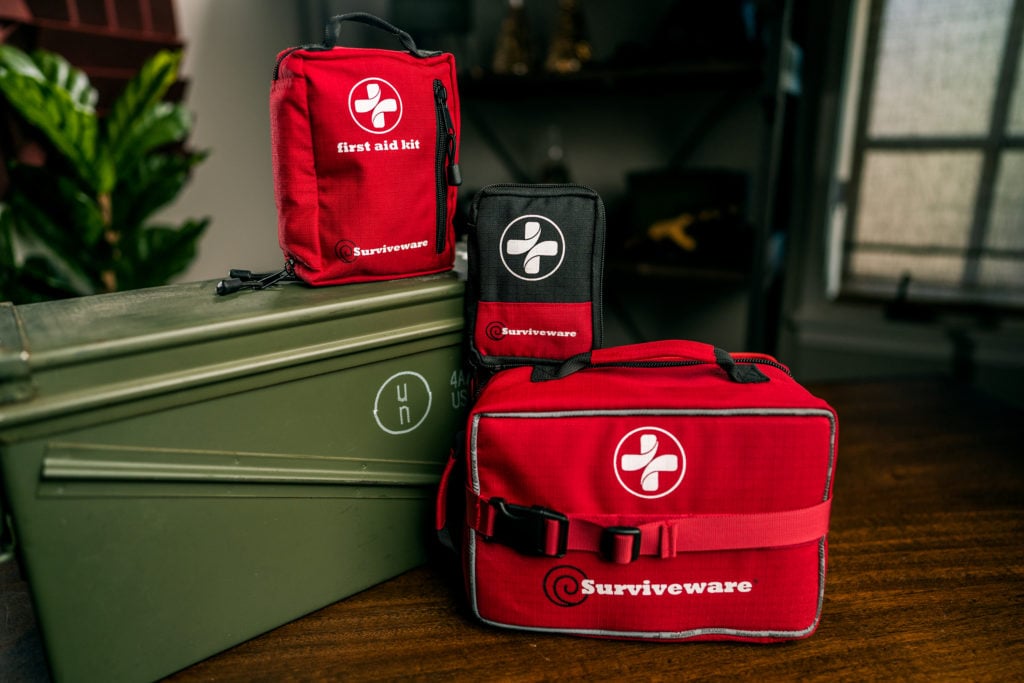
Some basic first-aid training goes a long way. I firmly believe it’s your duty as a citizen to have this training and to be prepared to help when help is needed.
And don’t forget to make sure you have your first-aid kit neatly put together and well-stocked for when you need it.
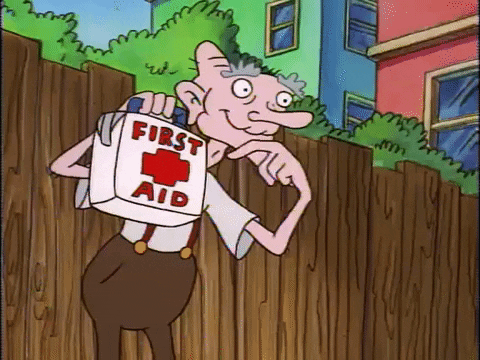
What advice do our more experienced medical providers have to offer the audience? Feel free to sound off below. Looking for the best IFAKs? Check out some of our favorites!







2 Leave a Reply
Good article Travis I spent 11 years as a Paramedic riding the Vomit Comet, and ended up going into Nursing as a Trauma Nurse. You've coveted the material well and kept it simple enough for anyone to follow.
I urge everyone to take the EMT-Basic class. It's money well spent. Some smaller rural towns will even pay for your class in exchange for joining the voluntary EMS crew covering the town/county.
Great article. I'm a Nationally and Arizona certified EMT. You covered the basics very well. I carry a red or dark colored bandana with me all the time. It's great for a plethora of uses for pre-hospital medical situations and doesn't show blood like lighter colored cloth does. In a pinch, tampons can be used to pack puncture wounds that don't involve hemo/pneumothorax (sucking chest wounds) or arterial bleeds. Maxi pads can be used for bandages and can be used for putting pressure on serious bleeds with the same caveats. Kotex were originally used as bandages in WW1. The nurses who took care of the wounded figured out a secondary use. I carry Israeli bandages, chest seals, and hemostatic agent in my IFAK along with my tourniquets. I’ve been thinking about adding Narcan (Naloxone) to my kit. It’s a medication you learn to use in EMT training. Like many states, Arizona has a standing order from the state medical director for anyone EMT certified or higher to carry and use Narcan. It’s now over the counter in Arizona, but it’s still very expensive and you should be trained on how to use it before attempting to do so. Watch A&E’s Nightwatch and you’ll see what can happen when you give someone Narcan for an overdose. I carry a CPR face mask in my personal medical kit, but it’s only for use in two person CPR. Until an AED and medical kits with airway adjuncts, an O2 tank, etc. arrive with the pros, I do hands only CPR if I’m by myself. I recommend CPR/AED/First Aid training per the American Heart Association standards. I recommend getting trained for mitigation of traumatic bleeding through stopthebleed.org. It's done by the American College of Surgeons. You can take the class portion online and do the practicum in person. Practice placing a tourniquet and an Israeli bandage on yourself. Like marksmanship, these are perishable skills. Practice, practice, practice, and did I mention practice? Be safe out there and keep your powder dry.